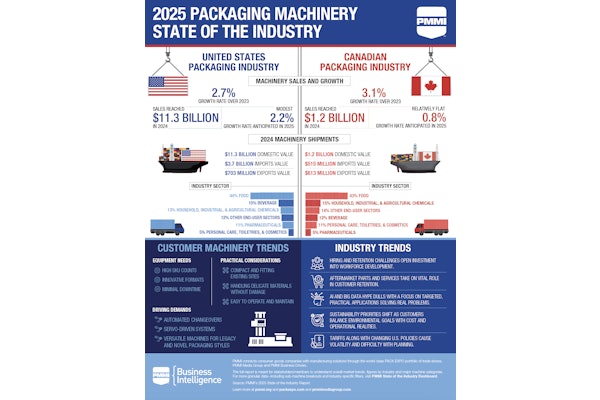The Foodservice Packaging Institute (FPI) has completed the second of two studies examining the levels of food residue on foodservice packaging in the residential recycling stream. The new study found that, in general, the levels of food residue are comparable to those found on commonly recycled food packaging.
The study, which took place in southern Delaware, was performed to corroborate the findings of a similar study completed in Boston one year ago.
Overall, a strong majority of both foodservice and food contact items displayed low to medium levels of food residue. The proportion of items with high levels of residue was small and nearly the same between the two types of packaging. However, in some material categories, foodservice packaging showed marginally higher levels of food residue within the low to medium ranking levels. This means there was a slightly higher incidence of items with medium levels of residue than food contact packaging.
“One of the most common reasons that municipal programs do not accept foodservice packaging is the concern about increased levels of food contamination in recyclables,” says Lynn M. Dyer, FPI President. “Our association’s Paper Recovery Alliance and Plastics Recovery Group are conducting studies like this to better understand whether food contamination is a real or perceived barrier to recovering more materials.”
The study included a sampling of approximately 2,600 pounds of randomly selected residential recyclables collected in different areas of southern Delaware. All samples—corrugated, mixed paper, tubs, and lids, including paper and plastic clamshells, and aluminum foils/pans—were sorted into two categories: foodservice packaging or other packaging in contact with food. The team then used the same visual ranking system as established with the first Boston study to rate and record how much food resided on the selected categories.
“The encouraging results of the Delaware study provide us a different representative sample of food residue on foodservice packaging,” says Dyer. “They assist in corroborating our findings of foodservice packaging residue as a perceived barrier in recycling programs rather than a real obstacle.”
The samples in the Delaware study were more contaminated with garbage than the Boston study, which highlighted the significant and broader challenge of contamination of recyclables. The Boston study found no appreciable difference in the amount of contamination between foodservice packaging and broader types of food packaging typically accepted in curbside recycling programs. Overall, recyclable materials were found to be exceptionally clean.
“Although the samples in the Delaware study appeared to be more contaminated than the Boston samples, the end result showed that foodservice packaging materials as a whole aren’t significantly more contaminated with food residue than other food contact recyclables,” says Dyer. “Rather, the recycling of all packaging collected, including foodservice and food contact, can be negatively impacted by refuse and other sources of contamination in the stream.”
The results of the Delaware study will be presented during a webinar to be hosted by FPI on October 28, 2014 at 2pm EDT. An overview of the Boston and Delaware study findings is available.

























